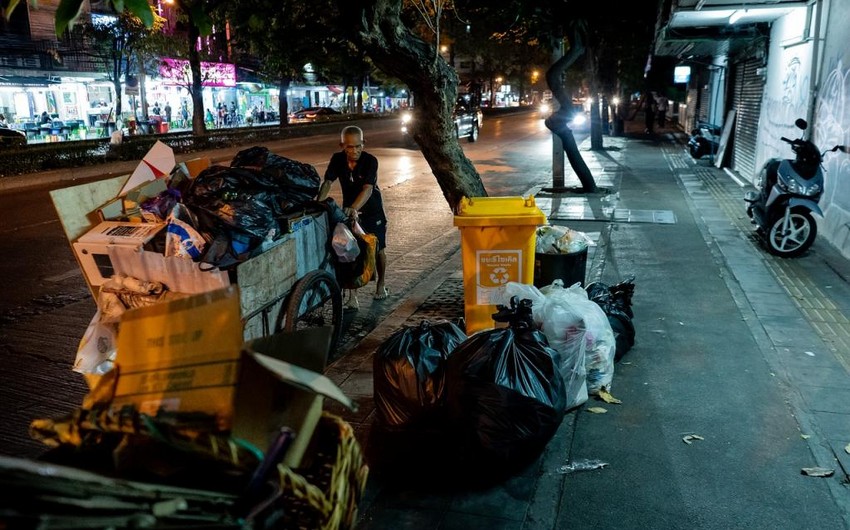
WB: Global inequality getting worse
13 October 2021
The income gap between people living in rich and poor countries continues to widen, the indebtedness of the least developed countries is growing, and attempts to change these trends haven’t yet yielded results, President of the World Bank (WB) David Malpass said, Report informs referring to the WB website.
“The inequality in the recovery is getting worse across country groups. Per capita income in advanced economies is expected to grow nearly 5 percent in 2021, but only 0.5 percent in low-income countries,” he stressed.
“It will take many developing countries years to reach pre-pandemic income levels. Even after two years of recovery, by next year output in developing countries is expected to be nearly 4 percent below pre-pandemic projections, whereas the advanced economies will be caught up. In IDA countries, output will remain 5.6 percent below pre-pandemic projectionsw by next year. The pandemic has already tipped millions of people into poverty,” he said.
“We’re witnessing what I call tragic reversals in development across many dimensions. Progress in reducing extreme poverty has been set back by years – for some, by a decade. Median incomes have declined instead of risen. It’s vital that we address these head-on by redirecting policies in both the advanced economies and in the developing countries so that growth and investment are more widespread, less concentrated at the top, and broader improvements in living conditions can be achieved,” Malpass added.
“Another priority is to address debt challenges confronting many developing countries. Today, we’re also releasing the annual International Debt Statistics – or IDS – report for 2022. It identifies a significant 12 percent increase in the debt owed by low-income countries, which reached $860 billion,” he said.
https://report.az/en/other-countries/wb-global-inequality-getting-worse/
“The inequality in the recovery is getting worse across country groups. Per capita income in advanced economies is expected to grow nearly 5 percent in 2021, but only 0.5 percent in low-income countries,” he stressed.
“It will take many developing countries years to reach pre-pandemic income levels. Even after two years of recovery, by next year output in developing countries is expected to be nearly 4 percent below pre-pandemic projections, whereas the advanced economies will be caught up. In IDA countries, output will remain 5.6 percent below pre-pandemic projectionsw by next year. The pandemic has already tipped millions of people into poverty,” he said.
“We’re witnessing what I call tragic reversals in development across many dimensions. Progress in reducing extreme poverty has been set back by years – for some, by a decade. Median incomes have declined instead of risen. It’s vital that we address these head-on by redirecting policies in both the advanced economies and in the developing countries so that growth and investment are more widespread, less concentrated at the top, and broader improvements in living conditions can be achieved,” Malpass added.
“Another priority is to address debt challenges confronting many developing countries. Today, we’re also releasing the annual International Debt Statistics – or IDS – report for 2022. It identifies a significant 12 percent increase in the debt owed by low-income countries, which reached $860 billion,” he said.
https://report.az/en/other-countries/wb-global-inequality-getting-worse/












